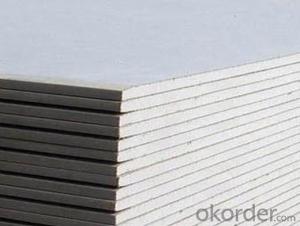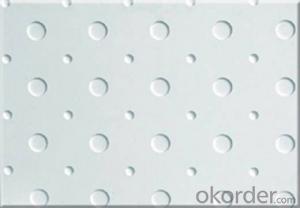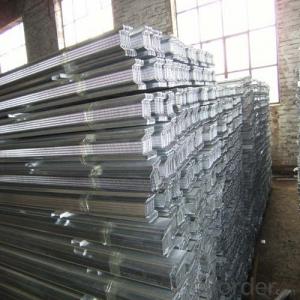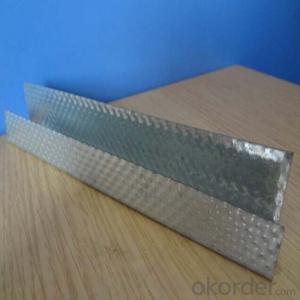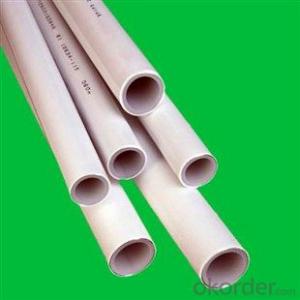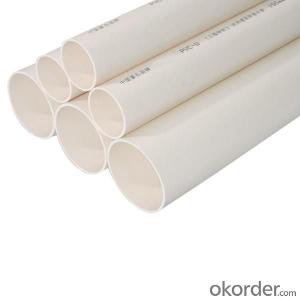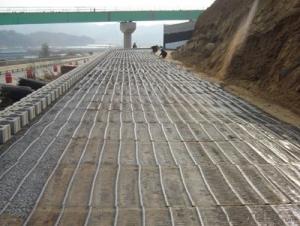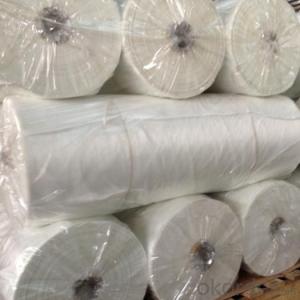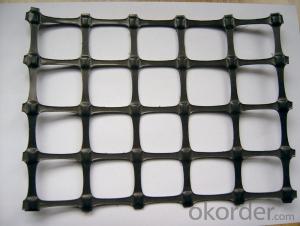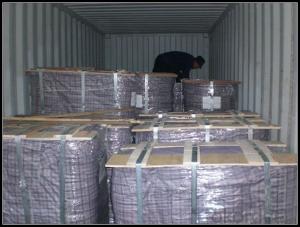Geogrid Material Specification
Geogrid Material Specification Related Searches
Raw Material For Solar Cells Ac Inverter For Solar Panels Plastic Wall Coverings For Bathrooms Fiberglass Sheets For Roofing Heat Reflective Material For Roof Wall Panels For Basement Felt Paper For Roofing Retaining Wall With Geogrid Plastic Coated Steel Roofing Sheets High Quality Roofing FeltHot Searches
Steel Mesh Panels For Sale Cheap High Tea Sets For Sale Cheap Solar Cells For Sale Q Cells Solar Panels For Sale Used Foam Board Insulation For Sale Welded Wire Panels For Sale Types Of Temporary Side Panels For Cement Deck Fiberglass Panels For Sale Magnesium Oxide Board For Sale Hdf Board For Sale sintra board for sale Cheap Mini Laptops For Sale Plywood For Sale Cheap Sandwich Panels For Sale resin panels for sale Cheap Washers For Sale Cheap Tall Vases For Sale Eps Panels For Sale Air Conditioner For Cheap Prices Gypsum Board Price Per Sheet In IndiaGeogrid Material Specification Supplier & Manufacturer from China
Okorder.com is a professional Geogrid Material Specification supplier & manufacturer, offers integrated one-stop services including real-time quoting and online cargo tracking. We are funded by CNBM Group, a Fortune 500 enterprise and the largest Geogrid Material Specification firm in China.Hot Products
FAQ
- Geogrids reduce the amount of fill required for construction by providing soil reinforcement and improving the stability of the earthwork. They distribute the load more evenly across the soil, thereby allowing for the use of less fill material while still maintaining the necessary structural integrity.
- Yes, geogrids can be used in shoreline protection. Geogrids are commonly used in coastal engineering projects to stabilize and reinforce the shoreline. They provide strength and stability to the soil, preventing erosion and protecting the shoreline from wave action and water currents.
- Design considerations for geogrid-reinforced pavements include the selection and placement of geogrid materials, determining the appropriate grid spacing and orientation, considering loading conditions and traffic loads, evaluating soil properties and subgrade stability, and ensuring proper installation and construction techniques. Additionally, factors such as climate, drainage, and environmental conditions need to be taken into account to ensure the long-term performance and durability of geogrid-reinforced pavements.
- What are the specifications of unidirectional geogrid?
- Depending on the tension there are TGDG30KN TGDG40KN TGDG60KN TGDG80KN TGDG100KN TGDG110KN TGDG120KN TGDG150KN TGDG200KN up to TGDG260KN TGDG90KN (TGDG50KN)
- Geogrids help in reducing the need for excavation and grading by providing soil stabilization and reinforcement. They are typically made of high-strength materials and are placed within the soil to improve its load-bearing capacity. By distributing the weight and stress more evenly, geogrids prevent soil erosion, improve slope stability, and minimize settling, reducing the need for extensive excavation and grading work.
- Geogrids have certain limitations that need to be considered. First, they are not suitable for all soil types and conditions, as they may not provide sufficient reinforcement or stability in certain situations. Additionally, geogrids are not effective in controlling erosion or preventing soil movement on their own; they need to be combined with other erosion control measures. Furthermore, installation and maintenance of geogrids can be complex and require expertise, making them more expensive compared to traditional soil stabilization methods. Finally, geogrids have a limited lifespan and may degrade over time, requiring replacement or repair.
- Yes, geogrids are generally resistant to alkali degradation. They are designed to withstand harsh environmental conditions, including exposure to alkaline substances, without significant degradation or loss of strength.
- Yes, geogrids can be used in temporary retaining walls. Geogrids are commonly used in various types of retaining walls, including temporary ones, to enhance stability and improve the overall strength of the structure. They provide reinforcement to the soil, reducing the risk of wall failure and ensuring the integrity of the retaining wall during its temporary use.
